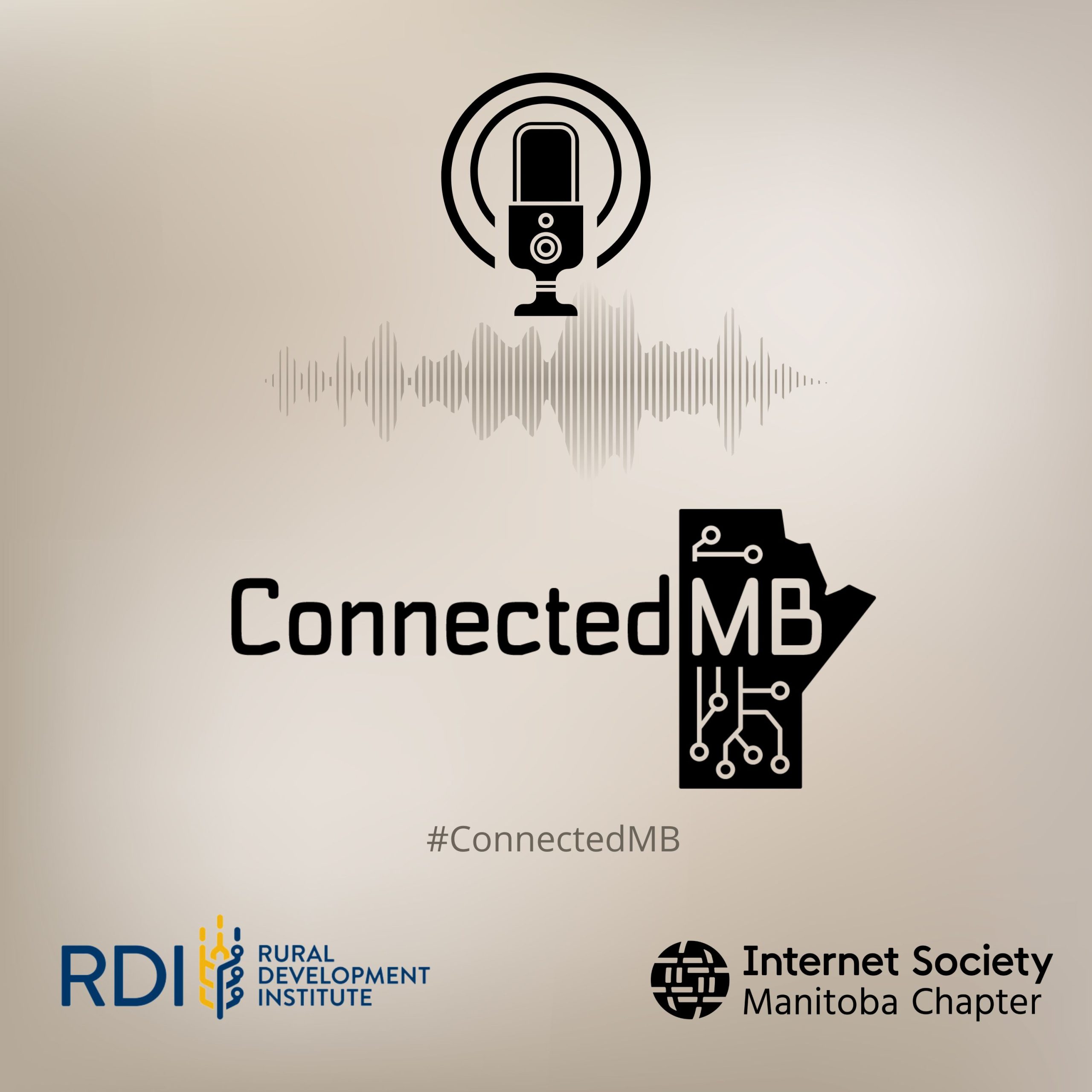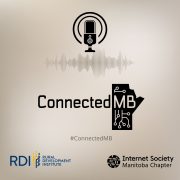
The Past – The Freenet Dream

Retrieved from: https://web.archive.org/web/19961222183407/http://www.freenet.mb.ca
CBC Archive Clip (1990s Freenet Interview)
CBC Digital Archives – “Information Highway” (1990s)
🏛️ National Capital Freenet (NCF)
Directory of Canadian Freenets
Telecommunities Canada
🔗 http://www.tc.ca
CA*net & CANARIE
https://www.canarie.ca
CIRA (Canadian Internet Registration Authority)
https://www.cira.ca
Internet Society Manitoba Chapter
https://www.internetsocietymanitoba.ca
- Gopher protocol:
🔗 https://en.wikipedia.org/wiki/Gopher_(protocol) - Lynx browser:
🔗 https://lynx.invisible-island.net - Mosaic browser:
🔗 https://en.wikipedia.org/wiki/Mosaic_(web_browser) - PINE email client:
🔗 https://en.wikipedia.org/wiki/Pine_(email_client)
Connecting Canadians – Investigations in Community Informatics (book)
Edited by Andrew Clement, Michael Gurstein, Graham Longford, Marita Moll, and Leslie Regan Shade
Athabasca University Press
Journal of Community Informatics https://openjournals.uwaterloo.ca/index.php/JoCI/about
Freenet Manifesto
From The Commons
Jump to: navigation, search
| Contents1 Stage 1: The Co-op2 Stage 2: The Digital Village3 Stage 3: Towards Unity4 Stage 4: A Backbone of our Own5 Stage 5: A Human Right |
Stage 1: The Co-op
Stage one consists of the emergence of network access cooperatives. Stage one has already begun, so instead of speaking hypothetically, I will tell you what it looks like on the ground. I’m not entirely sure of the legality, but I am sure of the justice. Here in Grinnell, IA, the Free Network Movement has built a mesh network that we call grinnellMIND. It allows us to share a single internet connection amongst many physically disparate locations. I live on Broad Street, Dylan lives on Main Street, Martin lives on Park Street, and Anna lives on East. We and many others are able to purchase Internet access cooperatively, thus driving down the amount that each of us pays. This works especially well because of the asynchronous nature of network usage – if we each bought our own connections, they would lay dormant much of the time. We imagine that some day, the entire town of Grinnell might purchase access cooperatively. That day has not yet arrived, but we think it is on its way. This struggle for collective purchasing will have to happen in many towns and cities, the world over. It will have to happen for city blocks and subdivisions, in residential towers and intentional communities. This won’t be easy to accomplish, especially when telcos catch wind of what’s going on. Still, the obvious economic advantage to the end user (reduced cost) makes this an easy sell to the people.
Stage 2: The Digital Village
The unseen benefit of the aforementioned co-ops is that they wrest the terminal nodes of the network away from the control of the telco/ISP hegemony. This provides for the opportunity of network applications that are truly peer-to-peer. At first, this will only be able to happen within each isolated cooperative community. Imagine that Grinnell (or some other town) makes shared use of a few pipes, whose flow of information is distributed accross the last mile via mesh. Now imagine that each node of that mesh network is a Diaspora pod running a codebase that is specifically designed for use in mesh networks (this is in development, but a ways off). People will still have to rely on the big pipes for access to the wider internet, but to pass each other messages and participate in social networking, at least within the town of Grinnell, we will have achieved a truly peer-to-peer architecture. Thus arises the digital village. What used to be just a co-op for purchasing access has suddenly become a community that is able to share information directly with one another. It takes only a little more imagination to see that Diaspora is one of many applications that could run on this architecture. I happen to believe that the social network is the network’s ‘killer-app,’ and so I have chosen to use Diaspora as an example.
Stage 3: Towards Unity
Stages 2 and 3 are separated here for clarity, but it seems likely that stage 3 will begin shortly after stage 2, and take place concomitantly. Stage 3 is quite simple. Using packet tunneling (something like Freenet or TOR, to give an idea) in concert with the existing global network, we can simulate the contiguity of geographically disparate digital villages. Suddenly, people all over the world are able to share with one another directly. Specify a user@a_node@a_network and you’ve got a unique address for each network user. Of course, the corporate giants still own the backbone at this stage, which is why we can only say *towards* unity. No uprising until Stage 4, please.
Stage 4: A Backbone of our Own
Stage 4 is when the dream of true co-ownership becomes a reality. We are already starting in on what needs to be done here, because it’s a pretty tall order, and will take some time. (You gotta do what you gotta do). In Stage 4, we replace investor-owned fiber backbones with user-owned backbones.
This won’t come cheap, but freedom is never free. It will take time, attention, energy, and materials. Community owned fiber networks, funded by real-estate loans from member-owned credit unions can be built. Some creative sofware developers in a city can develop an open-source precision farming system, and provide support and maintenance, in exchange for having some of those farmers using it to run a tiling machine plow across the prairies, burying 100 gigabit capable fiber bundles from Denver to Chicago.
Satellite dishes or TV-Band towers could replace the pipes that used to come from the ISP, and their connectivity could be distributed throughout every digital village. The only cost that anyone would ever have to pay for network access would be the cost of a mesh node (could be integrated into a PC, or shareable stand alone). Not everyone will be able to afford a node, which is why the roadmap doesn’t end with
Stage 5: A Human Right
Once the Mesh Interface for Network Devices is global, we can focus our energies towards providing a node to anyone who wants one. We believe that access to the network is a human right, and this is our vision for supplying it to all of humanity.
We must be able to articulate what the basic human right for network access is. How many bits per second, and what is the acceptable latency? The existing commercial network could easily carry several megabits in the framing overhead of 10 gigabit networks. Having thousands of free network users who report outages as they happen becomes the world’s most effective and advanced method for providing reliable zero-downtime business class network service.
Businesses which do not see the long-term people, planet, and profits benefit of unfiltered (but bandwidth limited) freedom network access will be out of business in 25 years.
Retrieved from “https://commons.thefnf.org/index.php?title=Freenet_Manifesto&oldid=1450“
Absolutely! Here’s a combined, polished narrative that synthesizes the podcast episode and email documents into a unified, blog-ready overview. This piece is structured for web publication (blog, newsletter, or program report) and includes contextual framing, highlights, and embedded pull quotes for visual breakout or social sharing.
Blue Sky Freenet: Manitoba’s Internet Pioneers and Their Enduring Legacy
Mision & Objectives: https://web.archive.org/web/19970117104249/http://www.freenet.mb.ca/committee/board/documents/Mission.txt
In the early 1990s, long before smartphones, social media, or gigabit fibre, a group of volunteers across Manitoba dared to imagine something radical: an Internet for everyone. They called it Blue Sky Freenet, and their goal was simple but profound—build a province-wide digital commons powered by local communities, not corporations.
In a recent episode of the ConnectedMB podcast, and through newly shared internal reflections and archival documents, we explore the ambitious rise, hard lessons, and lasting relevance of this forgotten chapter in Canada’s digital history.
What Was Blue Sky Freenet?
Blue Sky Freenet, launched in 1994, was Canada’s first province-wide Freenet initiative, inspired by similar community networks in Ottawa and across North America. Powered by volunteers and run in collaboration with institutions like the University of Manitoba and MBnet, it offered free dial-up access and email to users across Manitoba—from Winnipeg to the most remote communities.
“We decided this wasn’t going to be a Winnipeg internet. If we’re going to do this, it’s for the whole province.”
—Michael Gillespie, Founding Member, Blue Sky Freenet
This was connectivity as a public good—a vision that predated modern debates about net neutrality, rural broadband, and digital equity by decades.
Key Contributions & Innovations
- Rural Inclusion: Blue Sky divided Manitoba into 60 calling areas to deliver local dial-up access, years before private telecoms considered rural coverage a viable option.
- First Nations Engagement: The platform offered detailed local information for each of Manitoba’s 61 First Nations bands and was among the first networks to support Indigenous digital connectivity.
- Volunteer-Driven Infrastructure: Engineers installed modem pools, maintained servers, and trained content providers—all unpaid, driven by a belief in public access.
Behind the Scenes: Lessons from the Information Committee
In a reflective memo shared by former volunteer Paul Nielson, the Blue Sky Information Committee describes their work mobilizing 75 community organizations to publish election content online ahead of Manitoba’s 1995 election. It was one of Canada’s earliest experiments in digital civic engagement.
“Business groups and powerful professional organizations either ignored us or refused to share their policy information with the public.”
Despite initial enthusiasm, they hit resistance:
- Government agencies “politely listened” but never followed up.
- Political parties in power delayed participation.
- Public discussion forums were derailed by partisan trolling.
Nielson concludes bluntly:
“Freedom of information was strangled at birth. Powerful organizations will not relinquish control of information they have not spun or manipulated.”
⚙️ What Went Wrong?
Despite the efforts of passionate volunteers and technical success, Blue Sky Freenet eventually folded by the late 1990s. Why?
- Commercial Competition: As ISPs emerged, the Freenet’s role as a “free email service” was eclipsed.
- Privatization of Manitoba Telephone Systems (MTS): The Crown Telecom’s transition to a private company meant steep line charges, eliminating Blue Sky’s access to affordable infrastructure.
- Policy Vacuum: National telecommunications policy shifted toward a market-first model, providing limited support for community networks.
“Blue Sky didn’t fail. It was swallowed.”
—Podcast panelist, ConnectedMB
Why It Still Matters
Today, many of the issues Blue Sky tried to address—rural connectivity, digital equity, and data sovereignty—are still unsolved.
In fact, the community-led model they pioneered is gaining traction again, particularly among Indigenous broadband projects, co-ops, and municipalities reclaiming digital infrastructure.
“The internet isn’t just wires and servers—it’s people. And we need to remember that.”
—Joel Templeman, Co-Host, ConnectedMB
Final Reflections
The story of Blue Sky Freenet is not just history—it’s a playbook and a warning. It shows what’s possible when communities are empowered with connectivity—and how quickly public interest efforts can be undermined by profit-driven systems.
If there’s a single lesson that echoes from every speaker, document, and volunteer:
“Technology was never the problem. It was always about power—and whether we were willing to share it.”
Want More?
- Subscribe to Connected Manitoba for future episodes on connectivity and community
- Explore resources at Internet Society Manitoba Chapter
- Contact us to contribute your Freenet memories or archival materials
